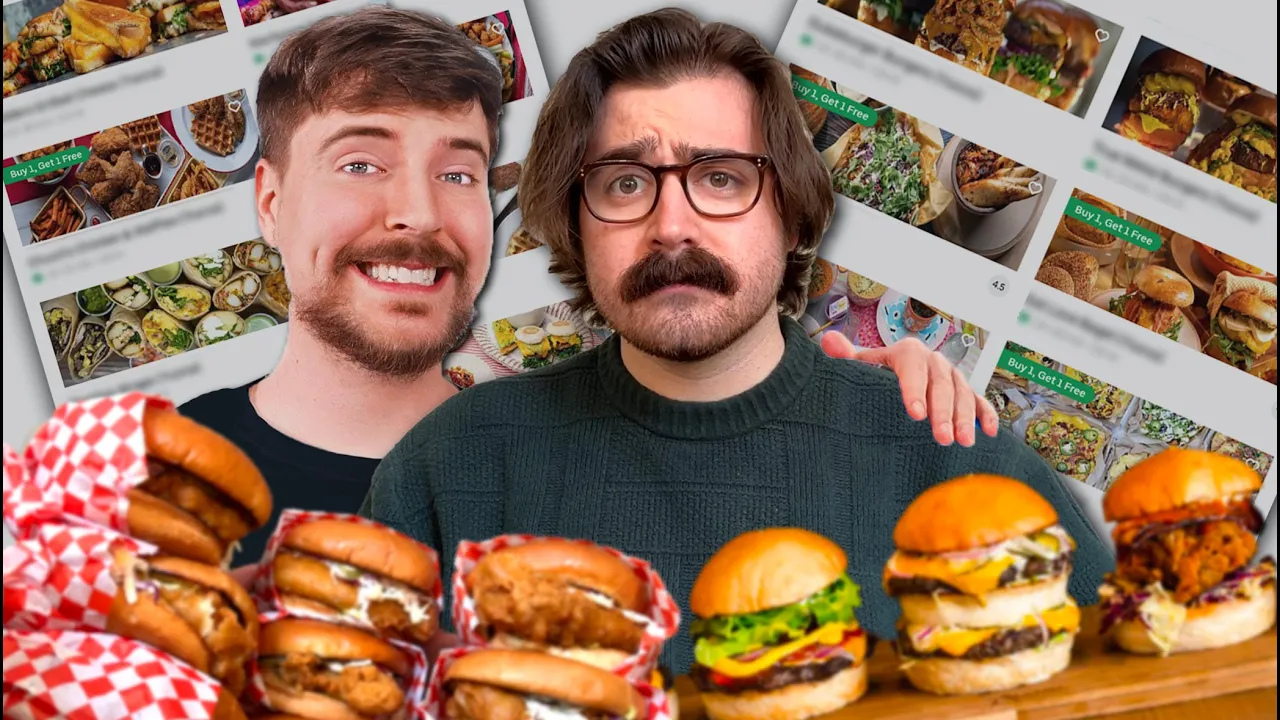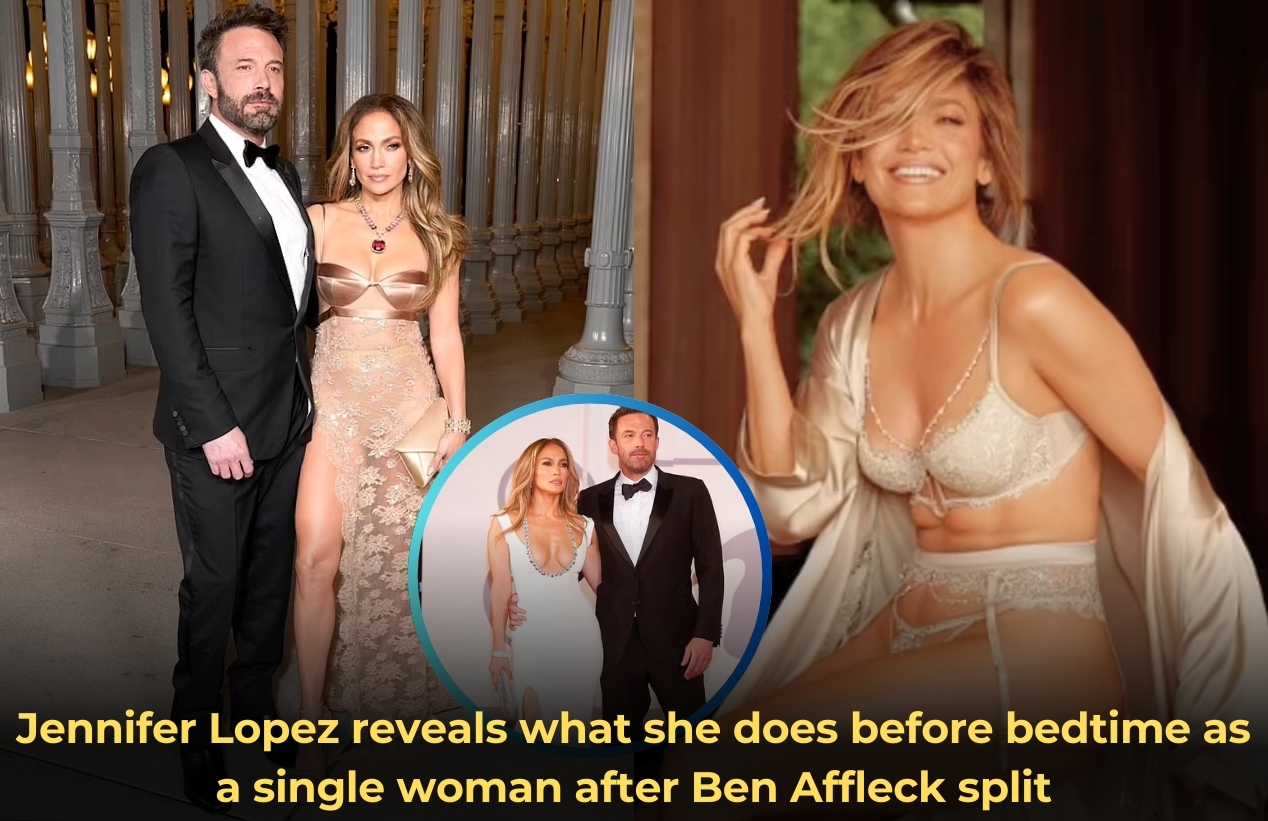Many creators bend over backward to optimize videos for the algorithm, but some are experimenting with another concept: trusting their audience.
Late last year, Zackary Smigel, a YouTube creator, made a video titled “Why Is YouTube Like This?” By “this” he meant that the platform was filled with videos that have sensationalized titles, heavily edited content and grabby thumbnails, often featuring a person’s emotive face.
A more succinct way of putting it: Why is everyone on YouTube doing an imitation of MrBeast?

MrBeast — whose real name is Jimmy Donaldson — is the most popular YouTuber on the planet, with a grip on younger people (and the internet in general) that can be hard for some adults to comprehend. He produces videos known for both their scale (“I recreated every set from ‘Squid Game’ in real life, and whichever one of these 456 people survives the longest wins $456,000!”) and their adherence to growth strategies that he has developed with painstaking detail.
Within a moment of clicking on any MrBeast video, he is shouting at his 250 million subscribers to explain the thesis of the video. Every thumbnail displays his face — with his mouth closed these days, which he said brings in more clicks than thumbnails where he has his mouth open. Titles are written in a classic clickbait style, like “In 10 Minutes This Room Will Explode!”
He is present in each video, but only physically. He has said that he doesn’t want to show his actual personality on camera, because he sees the very concept as something that could limit growth. In nearly every regard, he approaches YouTube as if it were a science.
In a nod to how well his methods have worked, copycats have sprung up across the platform, putting twists on the MrBeast-approved strategies for thumbnails and titles and stunts. Burnout among popular YouTube creators, where monetization began in 2007, has been widespread for obvious reasons: If you want your channel to be successful, you need to figure out how to please the platform’s algorithm. Fail, by posting too infrequently or in the incorrect way, and your audience may dry up along with your livelihood.
So most creators have a choice to optimize, ride the algorithm, and overwhelm the audience. Or, alternatively, to trust their viewers.
The “trust” approach is perhaps best embodied by Sam Sulek, a fitness creator.
Mr. Sulek, who did not respond to multiple requests for comment, has built a following of more than three million subscribers in just over a year on the platform. He’s become a fascination not simply because he is physically massive and fairly charming, but because of his almost defiant commitment to a lo-fi strategy.
Every one of Mr. Sulek videos keeps the same no-nonsense title format (“Winter Bulk Day 92 – Legs”), the same structure (a monologue to the audience as he drives to the gym, his actual workout, another monologue in the car, and occasionally an eating segment filmed at his apartment) and the same style thumbnail (an unedited screenshot from the video).
He doesn’t use quick cuts, shouting or any real flash at all. His videos have hardly changed as his following has grown. His camera is nicer than it was in January 2023, and he started clipping a microphone to his hat for improved audio. But he hasn’t decamped for Los Angeles or started making stunt collaboration videos with other creators. He’s still an Ohio-based college student going about his day, which happens to be mostly oriented around gaining muscle.

“Not every creator has the same goals,” Mr. Smigel said about videos that do not conform to the MrBeast protocols. “Some people just want to use YouTube as a creative outlet. Some people want to use it to gain fame. Some people want to use it to make money.”
“I think, ideally, the biggest thing is just creating a really good video and understanding your audience,” he added. “And I think that the views will come.”
Mr. Smigel, who has 125,000 YouTube subscribers, pointed to a video he made last December about the gas station Sheetz. Before it went live, he worried that the topic would be too obscure to attract an audience, but it became one of his most viewed videos, with more than two million views.
Part of that success, it should be noted, is owed to shrewd marketing — a little bit of MrBeast-ification. The video may have flopped if it were sold as “Ken Burns: Deluxe Gas Stations,” but Mr. Smigel titled it “Surviving Off Gas Station Food for 30 Days” and cut together his commentary with his attempts to, yes, eat only food from Sheetz for a month.
Others, however, are choosing a vision and sticking to it, like Mr. Sulek.
A prime example is the comedian Eddy Burback, whose channel has just under two million subscribers. Mr. Burback got his start in the commentary space, every few weeks releasing videos where he sat at a desk, John Oliver-style, and poked fun at, say, Jake and Logan Paul, Jeff Bezos or the pilot episode of “Glee.” But about two years ago, he decided that he wanted to make a change.
Now, Mr. Burback goes months between posts. The videos tend to be either sprawling, deeply researched video essays — about the state of late-night television, ghost kitchens or the Apple Vision Pro — or strange travelogues, taking him on road trips to every Rainforest Cafe or Margaritaville in the country.
His viewers have responded, with his ghost kitchens video drawing just under 10 million views.
“In an era where there’s a million things to watch, I think being able to resonate with somebody who feels like they really worked hard on something they’re showing you is a refreshing thing for a lot of audiences,” Mr. Burback said of his approach.
SungWon Cho has been posting to his nearly four million followers as ProZD since long before the MrBeast era. He is best known for quick skits that riff on anime and video game tropes, in which he voices multiple characters while donning deliberately cheap-looking costumes. He is also perhaps YouTube’s chief curmudgeon. He critiques — sometimes in skit form — the platform itself, giving insight into YouTube’s profanity and monetization policies, search function and homepage algorithm.
He posts quite regularly, often multiple times a week, but makes only videos that he, personally, finds to be fun or interesting: board game reviews, videos where he samples every item on a fast food menu, instructional cooking videos with his mother and the occasional skit. He says he has never used an edited thumbnail, inserted a midroll ad or tried to chase any kind of YouTube trend.
In other words, he makes only videos that he would like to watch. Why?
“I’m extremely lazy,” he said. “I don’t feel like pulling my hair out about production value and algorithms and clickability. I don’t really care about any of that.”
YouTube is not Mr. Cho’s main income source — his skits helped him get into the world of voice acting — and that surely helps him ignore some of the incentive structures that push other creators toward optimization. But he continues to post.
When dealing with the fickle YouTube algorithm — Mr. Cho says that despite his high subscriber count, 90 percent of his views still come via the homepage, as opposed to the subscribed tab — he believes that the way to maintain a healthy balance is to approach posting as a stubborn artist would.
“I think a lot of YouTube creators, it’s their dream to have a successful YouTube channel, and they put everything, their blood, sweat and tears into it,” he said. “And I respect that. But for my channel, I just like to have fun with it. I just have always had the mentality of, ‘Well, these are videos that I like to make. And if you’d like to watch them, that’s great.’”










